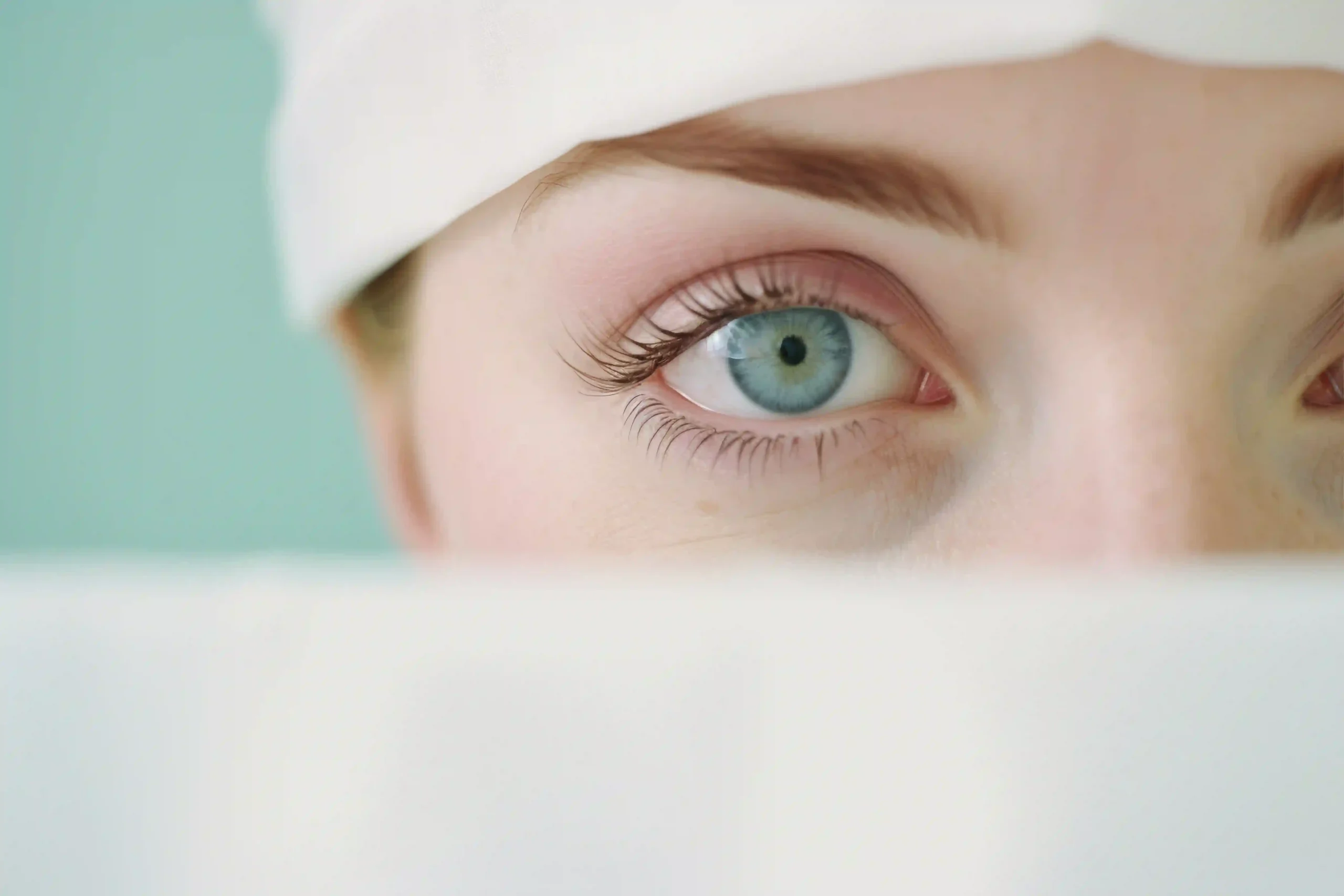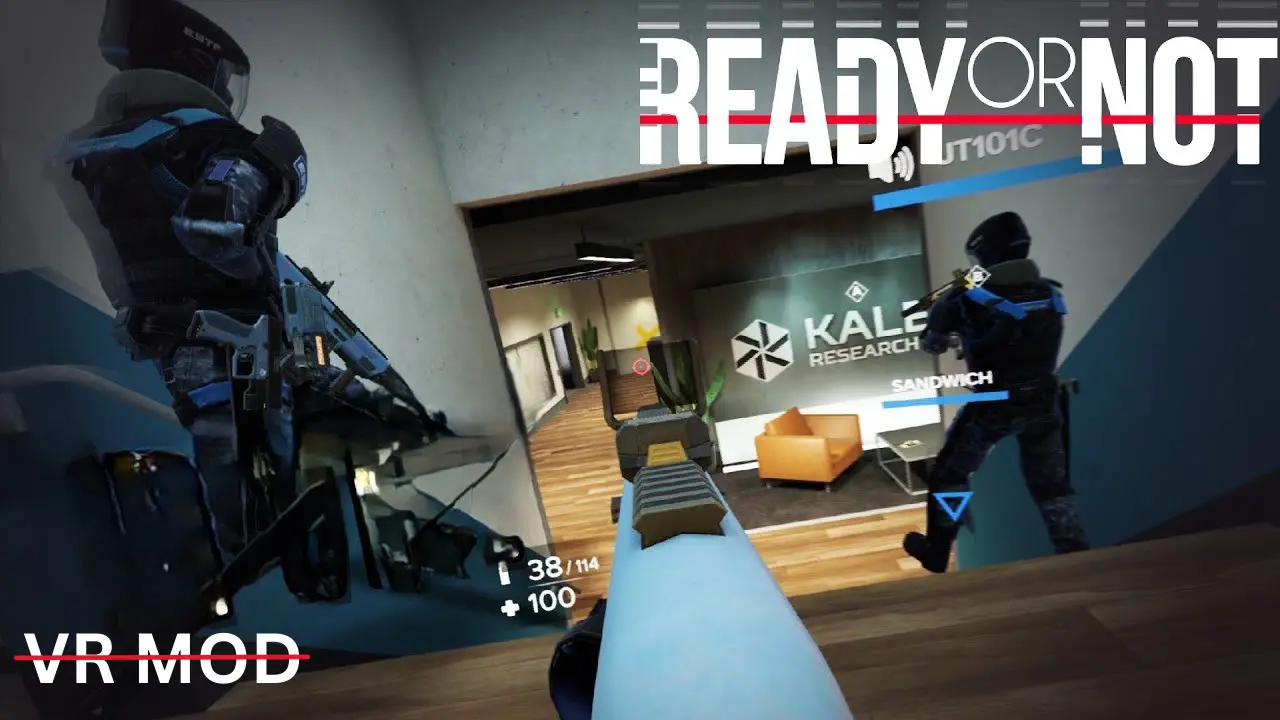Virtual reality has drastically changed how we experience content online. With VR tech’s popularity, headsets are more than glasses. But all that screen time with VR Affects Eyes. Every session exposes our eyes to intense visuals that can strain our natural vision.
Here’s a look at the effect it could have on your eye health and what you can do to limit the damage.
Table of Contents
How VR affects the eyes
VR headsets are a combination of cutting-edge optics and sensors. They rely on high-resolution screens and customizable lenses to display depth in a 3D world that appears to be miles away even when the screen is just inches from your face. That whole deal with VR, I mean. and VR Affects Eyes.

The intense, constant digital focus can push your eyes to the limit, especially when the blue light from the screens shines extra bright, nudging your natural rhythms to be crazy.
VR can be a double-edged sword for your eyes, as they can also lead to digital fatigue and eye strain after prolonged sessions.
Your eyes may blink less, and the constant effort to fuse two slightly different images can tire out the muscles. if you don’t take breaks.
Potential Eye-Related Health Concerns
Virtual reality(VR) offers a mind-blowing escape into the digital world, but VR Affects Eyes in ways that you should be aware of.
Temporary Effects
VR can lead to temporary discomfort, largely due to the intense focus and proximity of the screens.
Your eyes have to work extra hard to process two slightly different images(as there is always some kind of difference), leading to digital eye strain (asthenopia) that can manifest as fatigue, blurred vision, or even double vision.

Reduced blinking while staring at high-resolution displays makes your eyes dry and irritated.
Abrupt head movements because of virtual reality devices, especially games in the first-person shooter genre, have a chance to initiate the feeling of giddiness and motion sickness, especially when it is not about the headset’s refresh rate or good tracking.
Understand that you will end these problems in a short time. However, they should remind you to take a break from time to time and let your eyes rest.
VR for extended periods can cause immediate, yet temporary, effects on your vision.
Long-Term Risks
Beyond the immediate discomfort, there are concerns about potential long-term risks associated with extended Virtual Reality (VR) use.
If your eyes are still developing (in the case of children) myopia, due to Extended periods of close-up focus, might push the eyes toward nearsightedness over time.
There are also concerns about blue light exposure from VR screens affecting retinal health, though current research suggests that the intensity is not high enough to cause lasting damage.

Having said that VR devices are not usually the reason for long-term damage, still, we are to be moderately informed, and always to be selective using the VR technology so as to protect our eyes.
The best way to avoid the first manifestation of these problems and still guard yourself from further injury is to follow some of these practices, which entail moving away from the screen more often, checking your headset for weight, and adjusting image brightness if necessary as VR Affects Eyes.
At present, take care of your own body, and if you sense eye tiredness or strain, pause and rest. It is just to prompt you that even though virtual reality activities are thrilling, deserting our real eyesight is not worth it.
Myths vs. Facts About VR and Eye
Can VR make you go blind?
Headsets developed for virtual reality don’t cause vision problems. The most current studies have found that VR is neither harmful nor damaging to the eyes, adversely leading to blindness.
The only people who might feel their eyes getting dry or tired and probably also some other discomfort such as dizziness or blur in the first time are the ones who are not used to it but VR Affects Eyes.
Can the VR device be the main reason for why you lose your sight eventually?
There is no evidence that VR devices cause blindness, but it isn’t impossible that if you stretch the usage of the headsets too long, you might feel such symptoms as blurred vision, headaches, or temporary eye fatigue.
Reviews by eye health experts and reputable organizations consistently conclude that moderate VR use does not lead to permanent deterioration of vision, but VR Affects Eyes.
Is VR safe for children’s developing eyes?
Technologists recommend being selective with VR technology so the eyes of growing children are not negatively affected. Being a versatile tool, virtual reality (VR) headsets are mostly harmless to the human eye, and they can be safely used by adults.
However, the use of such devices by children under 13 years old is not advised due to potential health risks. Thus, it becomes important to follow age recommendations to avoid damaging effects.
Can VR improve vision?
The answer is both yes and no, but VR Affects Eyes has been researched for use in controlled therapeutic environments, including vision therapy for amblyopia (lazy eye) and improving binocular coordination.
Specially designed software to stimulate and exercise the visual system in ways that traditional therapies cannot.
In contrast, for targeted therapy, these benefits do not represent a widespread improvement in vision among all VR users but VR Affects Eyes in negative manner.
Preventative Measures and Eye Safety
VR users should ensure that they are taking several short breaks and modifying their headset settings appropriately to protect their visual health while in VR.
To reduce the problem of eye strain it is necessary to stick to comprehensive instructions such as the 20-20-20 rule: every 20 minutes, take a break of at least 20 seconds and concentrate on something 20 feet away.
This will help the ciliary muscles to be less tense, which will improve their ability to focus on the virtual world and protect them against damage caused by VR content.
Make sure that the IPD is correctly set and the headgear is sitting satisfactorily without bringing a strong pressure over your face so
A properly tuned headset is a device that projects pictures to a real distance that does not strain the eyes, so a wrong setup can induce the eyes to overwork and thus temporarily discomfort like blurs or double vision occurs.
Check the brightness and contrast of the screen settings besides other things to fit the vision output to your comfort level.
These simple postural tips, together with the proper way of taking breaks, are powerful enough to help you get rid of fatigue and see realistically, making the time with VR both fun and safer for you.
Aside from the mentioned strategies, it’s also crucial to put on blue light filters and do regular eye exercises in order to relieve the strain resulting from long VR usage.
By using the above-mentioned devices and techniques, e.g., taking short breaks, properly fitting the headset, and using blue light protection, you can remain unaffected by VR even in the distant future.
Conclusion
In summary, while VR headsets provide an incredible immersive experience, they can also induce temporary eye strain and discomfort if used excessively and VR Affects Eyes.
However, these effects are generally short-lived and preventable by following proper ergonomic practices and taking regular breaks. By ensuring a good headset fit, calibrating your device appropriately, and considering measures such as blue light filters, users can enjoy VR safely.
And you should not worry too much that VR Affects Eyes as you now know all the preventive measures for it.
Also read – Vandetta Forever: The Ultimate VR Shooter you can’t miss
And check out this game on Meta Store








1 thought on “Virtual Reality: Understanding How VR Affects Eyes and Preventing Digital Eye Strain in 2025”